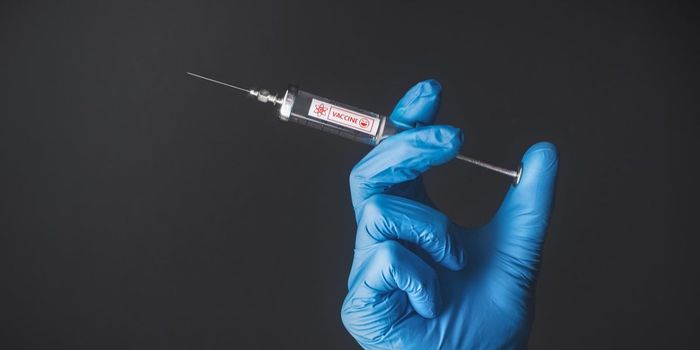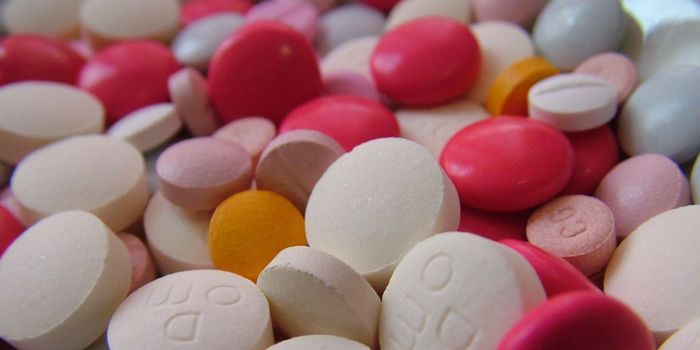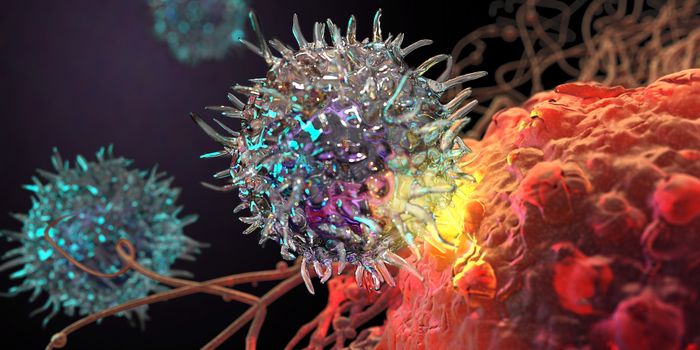Injectable Hydrogel Recruits Chemotherapeutics to Tumor Site
Targeting tumor cells while avoiding harming healthy tissue remains a growing central challenge in the field of chemotherapeutics. For a while, scientists have desired to place a "homing beacon" in tumors that could attract cancer killing drugs while decreasing the adverse effects caused by the treatment on healthy cells.

Now, researchers may have successfully developed a “homing beacon” that is an injectable hydrogel placed near tumors and works by recruiting drugs to shrink the tumor site.
Findings describe fewer side effects that were reported in ACS Central Science.
Currently, chemotherapy drugs bind antibodies to proteins expressed on the surface of cancer cells but, the issue is less than 1% of the administered drug ends up actually targeting the tumor site.
However, in the study the new approach of recruiting cancer drugs is a hydrogel-based cucurbituril that can encompass certain chemicals within its central cavity. The researchers believed that if injecting cucurbituril near the tumor, and then attaching the targeting ‘chemicals’ to the chemotherapeutics, then the desired drugs would be able to effectively target the tumor site.
The approached was demonstrated under mice skin when researchers injected a hydrogel containing cucurbituril, followed by attaching a dye to the targeting molecule for easy tracking, and then releasing into the mice’s bloodstream.
Results show that 4.2% of the injectable dye ended up in the hydrogel—this is much higher than previous reports using antibody approaches. Furthermore, the mice excreted the majority of the dye that was attached to the hydrogel. Then, the hydrogel was administered adjacent to the tumor xenografts in mice followed by the administration of the cancer drug doxorubicin that is bounded to the targeting molecule.
Results showed a shrinkage in mice's tumors with much slower growth and fewer side effects than those mice administered an unmodified doxorubicin.
The hydrogel remained in the system of the mice for more than 45 days—allowing for repeated administration of different chemotherapeutics with the same targeting molecule.
Source: American Chemical Society









